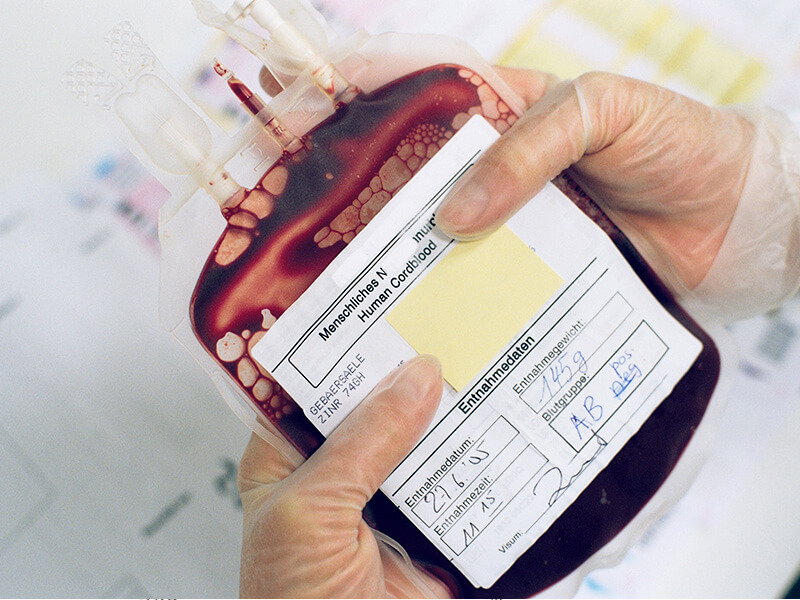Natural Killer (NK) cells were discovered more than 40 years ago, and they have attracted particular interest among oncologists and immunologists over the past 10 years. These cells recognize their targets (infected or dysfunctional cells) using specific receptors, inducing cell lysis, or programmed cell death (apoptosis). As a result of their ability to produce interferon-γ they can kill virus-infected cells, and by inhibiting angiogenesis they can counteract tumor growth.
In addition to making available a high quantity of hematopoietic stem cells, the preservation of the umbilical cord blood also guarantees a valuable reserve of NK cells for autologous or haploidentical use.









